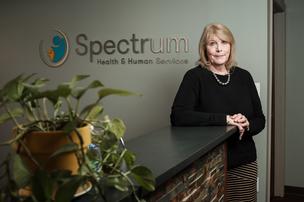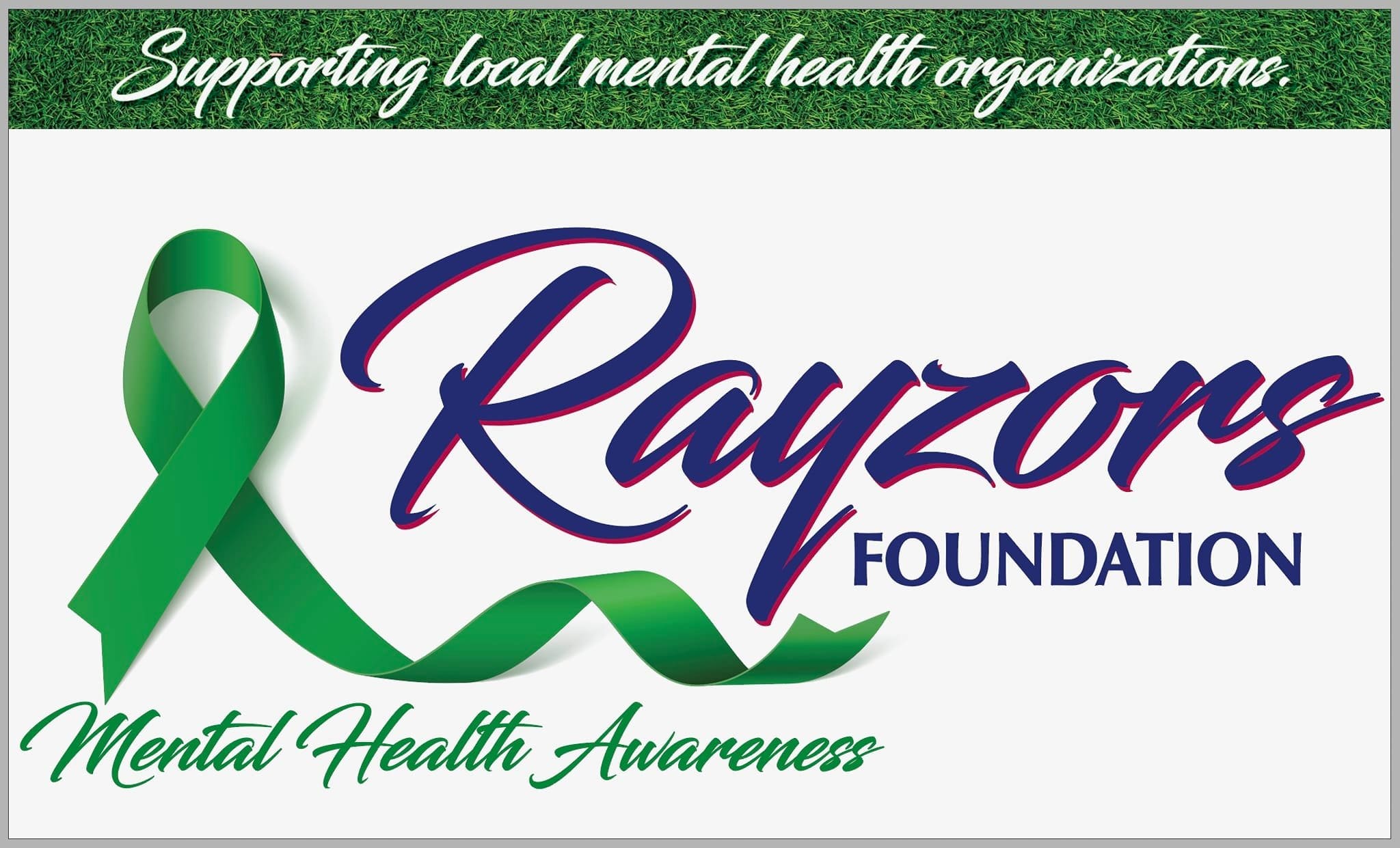
Challenges for Caregivers
Cindy Voelker, associate CEO of Spectrum Health and Human Services, discussing the multitude of challenges for caregivers, said the pandemic might push more employers to normalize treatment options for their workforces seeking behavioral health help.
Staying aware of employee behavioral health has become nearly as monumental a task for those providing help as it is for those in need since Covid-19 began.
Local providers say there’s been an increased demand for services since March.
• Spectrum Health and Human Services has fielded enough calls since sping to require a wave of per-diem workers to handle the load. Supervisors who usually attend to administrative tasks have returned to the front lines, said Cindy Voelker, Spectrum associate CEO.
• At Child & Family Services, the volume of routine calls has doubled in addition to a swarm of crisis calls coming in, according to Megan Andrews, a licensed social worker and assistant director of the agency’s Employee Assistance Program.
• And BryLin has an increased client load but Lindsay Herndon, director of outpatient services, said the bulk of the pandemic increase there has come from current clients needing additional help.
All three agencies say they’ve been able to meet demand due to these challenges for caregivers, but not without some toll. Spectrum management is keeping track of employee health through surveys, flexible practices and enhanced EAP offerings, including mindfulness webinars on coping with pandemic-induced stress.
“We have seen increases in stress and depression in the people we serve and our employees,” Voelker said. “A lot of us might have thought this would be over by now. Now looking at how to get through next six to eight months, we’re just trying to stay on top of it.”
Child & Family Services has taken on 10 additional EAP contracts since March 1, putting a big, but manageable, strain on employees, Andrews said. Trying to meet that need while keeping employees safe, the agency has introduced more panel discussions and webinars to improve community reach.
“We are anticipating a greater increase as it becomes more apparent that the disruption is going to continue. We need to shift our focus to how to we operate and how can we creatively operate within the current structure,” she said. “We’re really looking to help folks stay present, not waiting for this to be over, but start growing now.”
BryLin has also been increasing service options. A partnership with Dent Neurological Institute gives clients access to electroconvulsive therapy and ketamine services as an option after other medications have failed. On the non-medicinal front, BryLin utilizes what Herndon calls acceptance and commitment therapy, which points the client to focus on what’s controllable in the moment.
Another program, COPE, was introduced specifically for pandemic-related issues. Herndon said that brief intervention uses webcams and other features to get the client through a given moment, then links the client to ongoing services if need arises.
Both clients and employees are advised to monitor news intake, which Andrews said has overwhelmed many since the pandemic started.
“Be conscious of how much negativity you take in,” she said. “Some people now clean their hands 100 times a day, so do the same thing to cleanse your mind. Pay attention to what you’re doing well now.”
Service agencies know they must make sure their workforce is doing well. Spectrum staff is flexible to accommodate child care and ensuring that employees take time off when needed, which Voelker said wasn’t always happening initially. Contests and other engagement events have also been launched to promote a healthier workforce.
“We’re trying to keep morale up,” said Mark Hendrickson, Spectrum senior vice president of human resources. “We’ve been very fortunate so far.”
Teleconferencing capabilities have improved access for clients who might not otherwise have time for sessions, meeting in the evening or even during a lunch break, Andrews said.
“I thought it could be sterile, but I am finding that within five minutes of the conversation the technology disappears and you’re able to share a moment with someone,” said Andrews, whose team converted from 100% in-person sessions to all-digital within 24 hours in March.
That improved access should carry through the pandemic, which Voelker said could be exacerbated with winter blues and depressive issues that often arise during the holidays. All providers expect to use this time as an example of why behavioral health is just as important as all other types of health in the workforce.
“It is my hope that there would be a permanent change of a decrease in the stigma of mental health in general, but specifically when it comes to employers understanding the importance of someone taking care of their mental well-being,” Herndon said. These are the challenges for caregivers. “Perhaps this would mean more accessibility to mental health services, better EAP programs or overall further training for supervisors and employers on how to tell when mental health may be a factor for an employee and how to be trauma-informed with approaching staff.”
“The workplace is a great place to normalize taking care of ourselves mentally,” Andrews said. “There should be more panel discussions, more webinars. And expand them into the community. A healthy community fuels a healthy workforce.”

BryLin Hospital
⇒ Home
⇒ Inpatient Crisis Mental Health Care for Children and Adolescents
⇒ Inpatient Crisis Mental Health Care for Adults
⇒ Electroconvulsive Therapy Program for Adults



Comments are closed